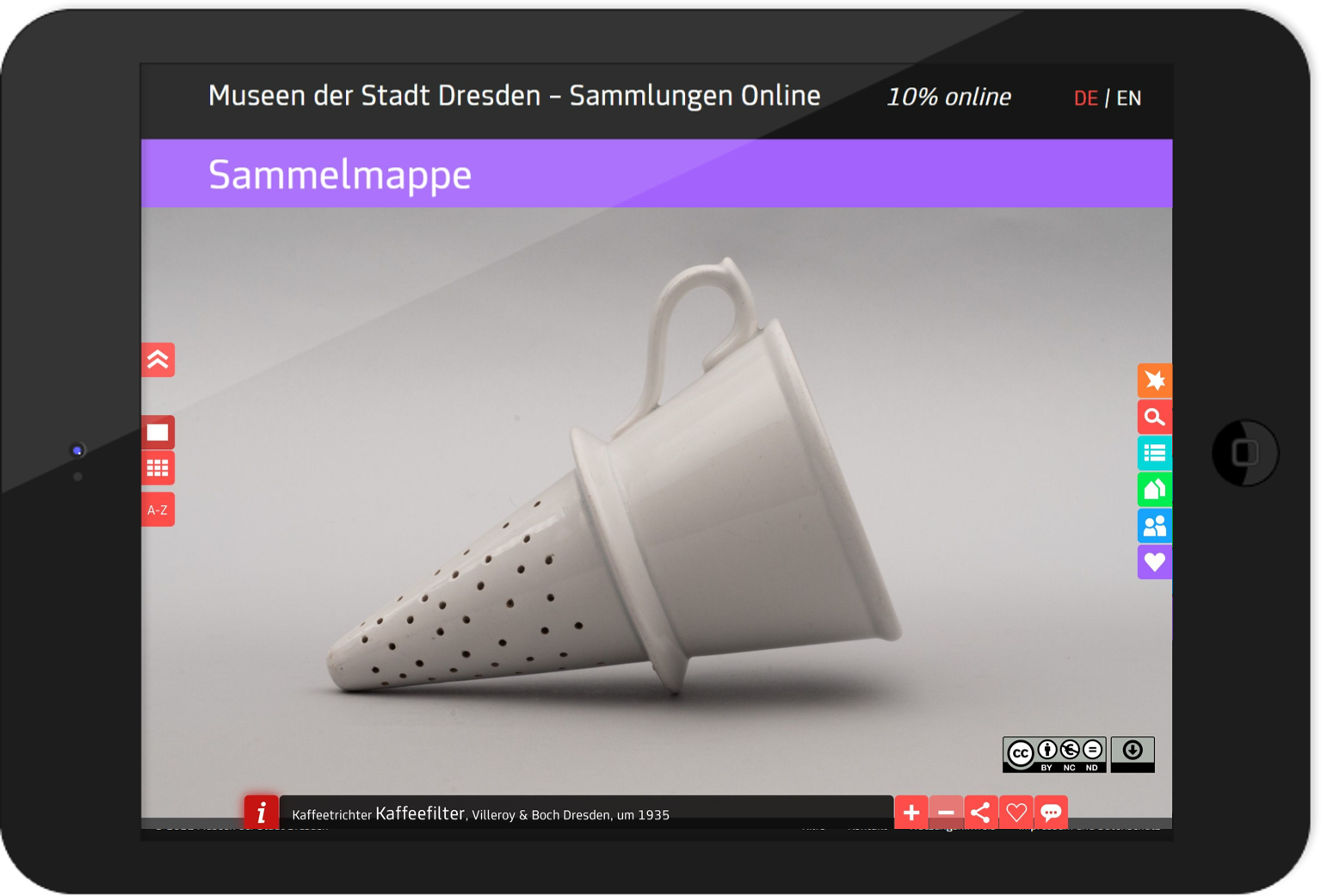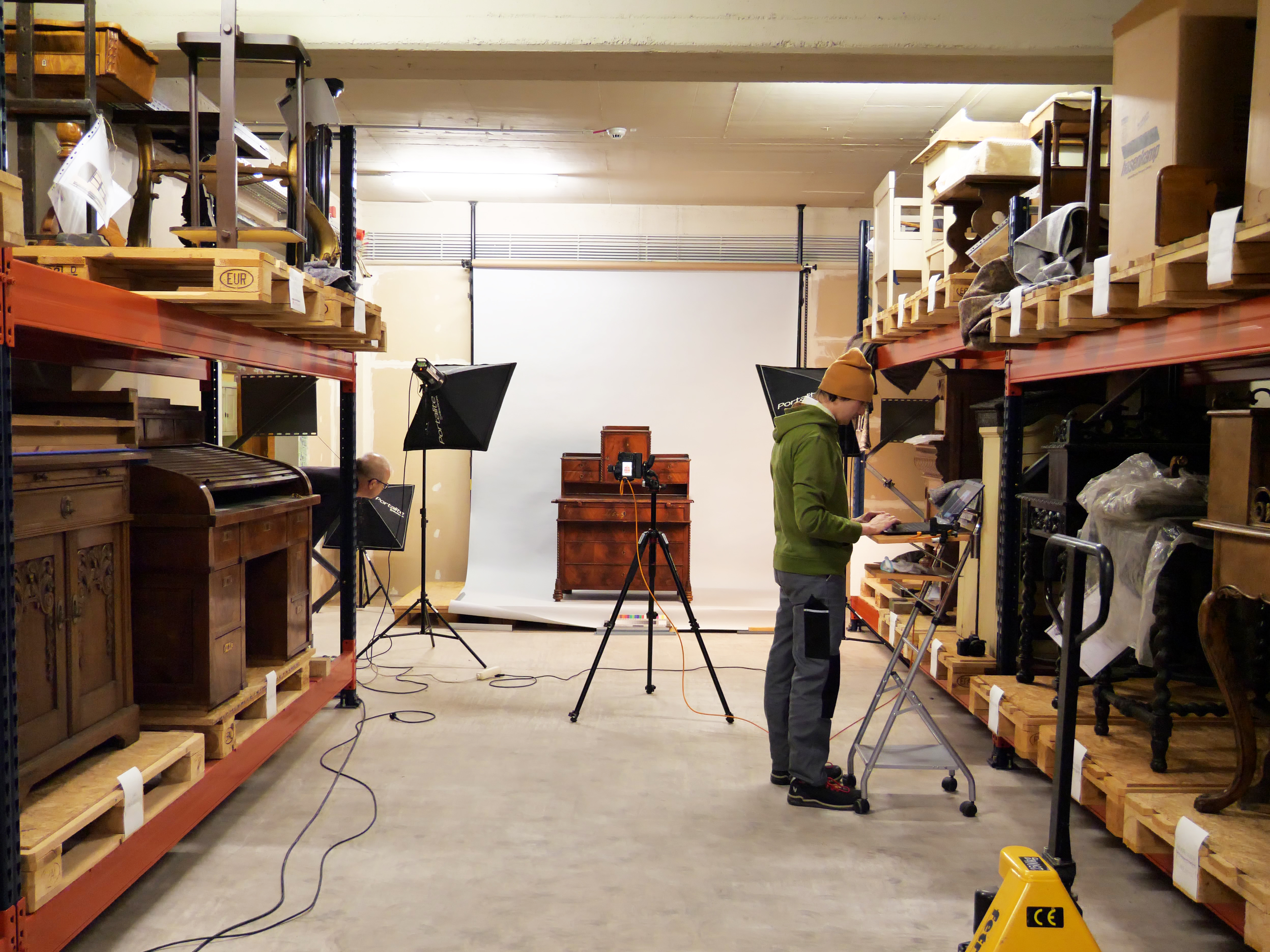The collections of the Stadtmuseum are closely linked to its varied history. The museum was founded in the second half of the 19th century, and the collections were originally characterised by their bourgeois nature. For a long time, evidence of urban representation as well as historical paintings and portraits of citizens of honour dominated.
The rich cultural-historical holdings were severely damaged during the Second World War and in the immediate post-war period; around 40 per cent of the holdings were lost during this time.
The restart in the GDR led to a shift in the museum's profile with a clear political and ideological orientation. The close connection to the working class was to be deepened. It was not until the early 1980s, with the establishment of the Museum of Early Romanticism (Kügelgenhaus), that new accents were set in the collection.
With reunification, new paths were also taken in the collections. Evidence of Dresden's economic and industrial history and cultural-historical artefacts once again became the focus of the collection policy. Following the founding of the Städtische Galerie in 2005, the art holdings of the Stadtmuseum were transferred to the gallery and have been managed by it ever since. However, it is still available to the City Museum for exhibitions.
At present, the Stadtmuseum's collections can be divided into four large groups that reflect the art and cultural history of Dresden from the Middle Ages to the present day: A figurative collection, a collection of written material, a poster and map collection and a photography and film collection. The Kügelgenhaus, the Carl-Maria-von-Weber-Museum and the Kraszewski-Museum do not have their own collections; the exhibits of these museums are managed by the City Museum and the Municipal Gallery. The museum also has a library with a large collection of books and periodicals on the history of Dresden, its sights and districts, the oldest of which date back to the 17th century.
Today, the Stadtmuseum endeavours to continue the existing collections, to identify the gaps that have arisen since 1945 and – as far as possible – to gradually close them. We would also like to apply participatory approaches to our collection work with the aim of re-interrogating our collections and allowing for personal perspectives. In close cooperation with citizens, we intend to supplement our collections in the future and to reflect urban society in its entire breadth in our collections.

























